Expansion of Consumer Electronics
The expansion of the consumer electronics sector is another significant driver for the Collimating Lens Market. With the proliferation of devices such as smartphones, tablets, and smart home products, the demand for high-quality optical components has surged. Collimating lenses play a crucial role in enhancing the performance of cameras and display technologies, which are integral to these devices. Market data indicates that the consumer electronics industry is expected to witness a growth rate of around 4% annually, further fueling the need for efficient optical solutions. As manufacturers focus on improving image quality and device functionality, the Collimating Lens Market is likely to experience increased demand, prompting innovation and development in lens design and manufacturing processes.
Rising Adoption of Laser Technologies
The increasing adoption of laser technologies across various sectors is a primary driver for the Collimating Lens Market. Lasers are extensively utilized in applications such as manufacturing, medical devices, and telecommunications. The demand for high-precision optical components, including collimating lenses, is expected to rise as industries seek to enhance efficiency and accuracy. According to recent data, the laser market is projected to grow at a compound annual growth rate of approximately 5.5% over the next few years. This growth is likely to stimulate the need for advanced collimating lenses, which are essential for directing laser beams with minimal divergence. As a result, the Collimating Lens Market is positioned to benefit significantly from this trend, as manufacturers strive to meet the evolving requirements of laser applications.
Growth in Medical Imaging Applications
The growth in medical imaging applications is a vital driver for the Collimating Lens Market. Technologies such as endoscopy, optical coherence tomography, and various imaging modalities rely heavily on high-quality optical components to ensure accurate diagnostics and treatment. The medical imaging market is anticipated to expand at a rate of approximately 6% per year, driven by advancements in healthcare technology and an aging population. As healthcare providers seek to enhance imaging capabilities, the demand for specialized collimating lenses that improve image clarity and precision is likely to rise. This trend presents a substantial opportunity for the Collimating Lens Market, as manufacturers develop tailored solutions to meet the specific needs of medical applications.
Emerging Applications in Automotive Sector
Emerging applications in the automotive sector are increasingly driving the Collimating Lens Market. With the rise of advanced driver-assistance systems (ADAS) and autonomous vehicles, the need for high-quality optical components has become paramount. Collimating lenses are essential for various applications, including LiDAR systems and camera-based sensors, which are integral to enhancing vehicle safety and navigation. The automotive optics market is expected to grow at a rate of around 5% annually, reflecting the industry's shift towards more sophisticated technologies. As automotive manufacturers prioritize safety and efficiency, the demand for reliable collimating lenses is likely to increase, presenting a significant opportunity for the Collimating Lens Market to expand its reach and influence.
Increased Investment in Research and Development
Increased investment in research and development across various industries is a notable driver for the Collimating Lens Market. Organizations are allocating more resources to innovate and improve optical technologies, which directly impacts the demand for high-performance collimating lenses. This trend is particularly evident in sectors such as aerospace, defense, and telecommunications, where precision optics are critical. Data suggests that R&D spending in these sectors is projected to grow by approximately 7% annually, indicating a robust commitment to advancing optical technologies. As companies strive to develop cutting-edge solutions, the Collimating Lens Market is likely to benefit from enhanced product offerings and increased demand for specialized lenses that meet rigorous performance standards.
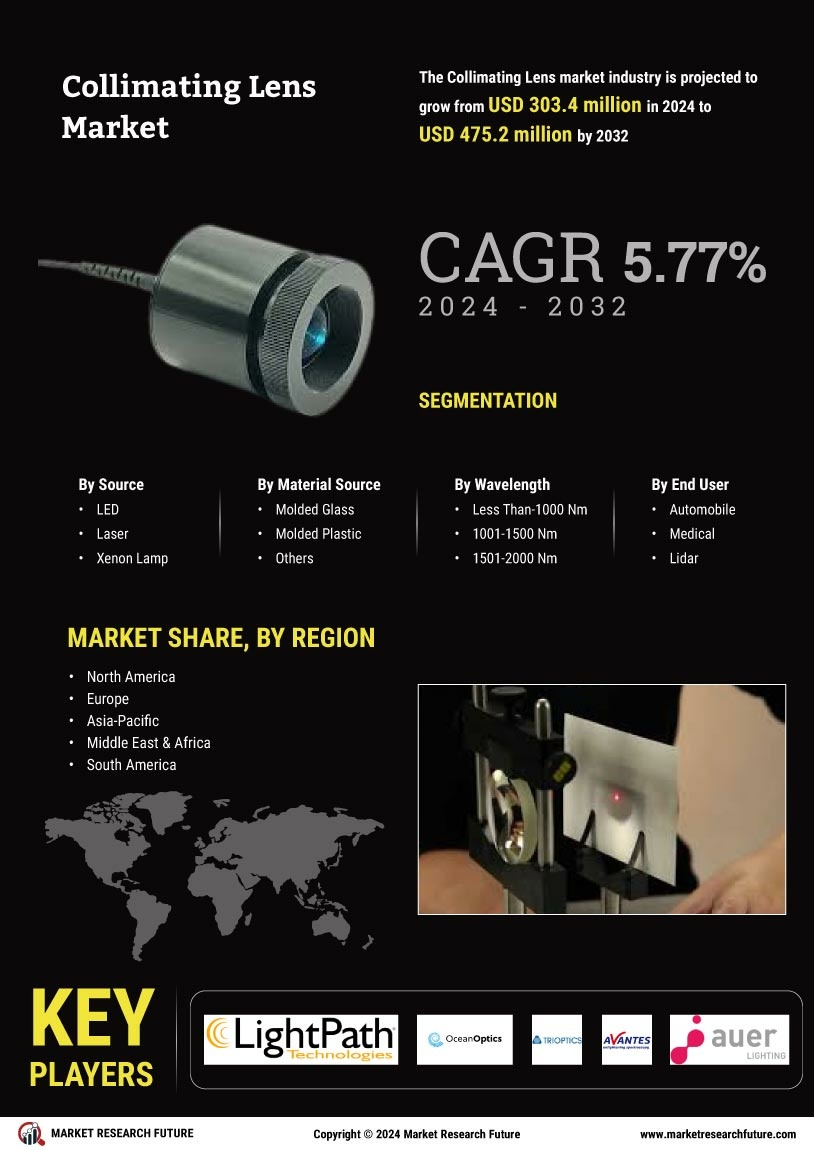
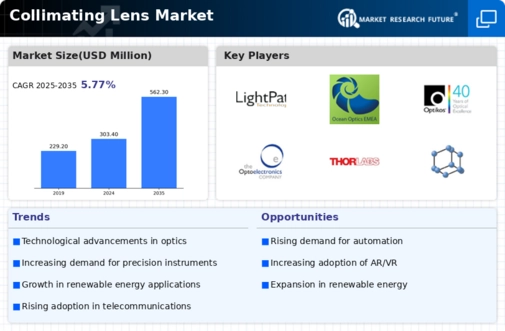
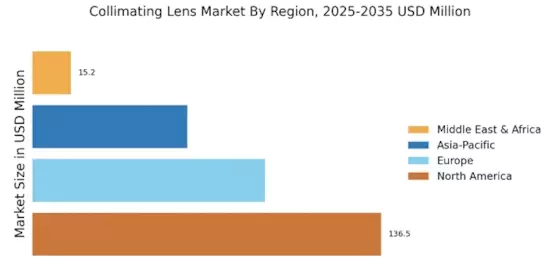
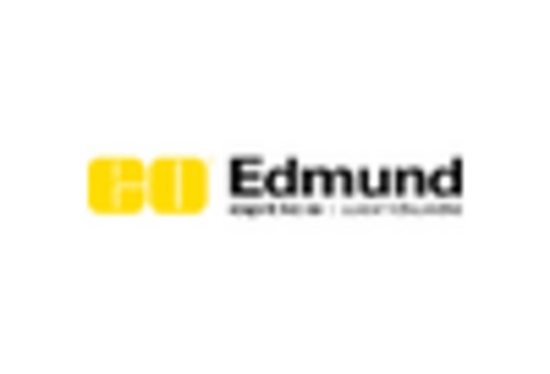
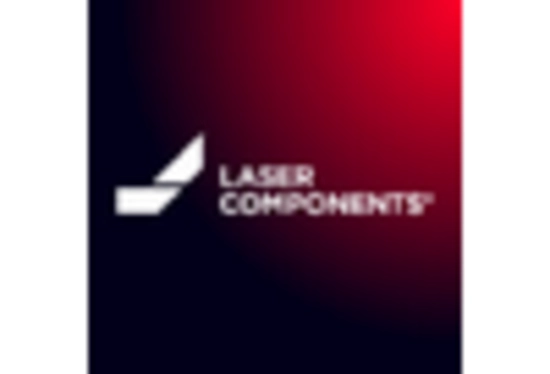
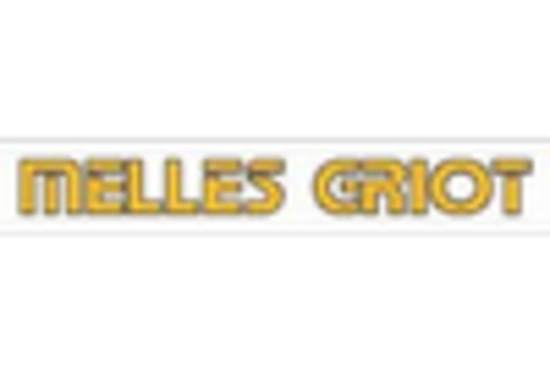
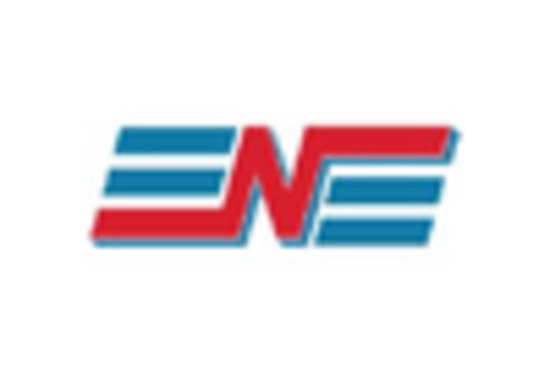
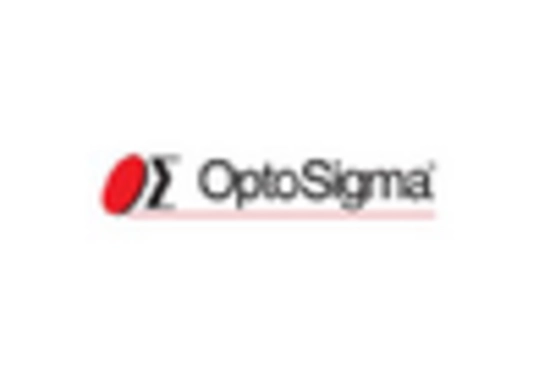
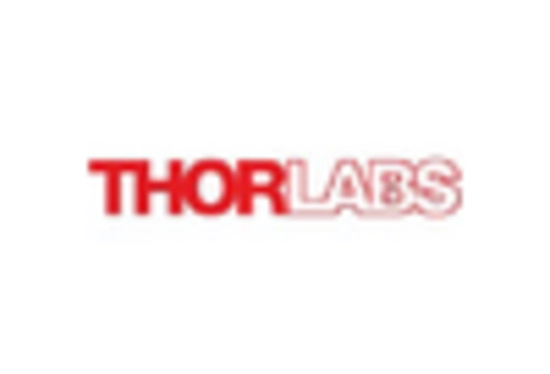








Leave a Comment